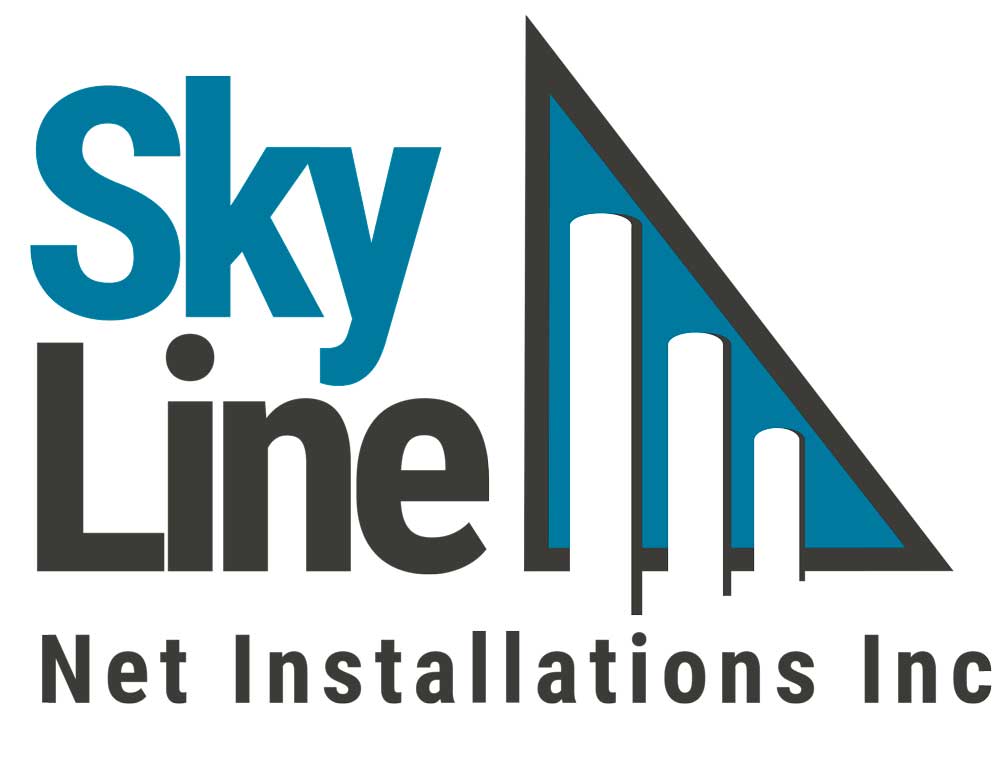The Royals are planning and expecting to extend the protective netting around Kauffman Stadium to better protect fans, perhaps as soon as this season.
They began the process after a 2-year-old girl sustained a fractured skull from a foul ball in Houston in late May. The efforts take on an amplified urgency after a fan was hit and injured by a foul ball at Kauffman Stadium over the weekend.
Earlier this month, Royals vice president of publicity Toby Cook said the team has “no plans at this time to change the netting in the near future.”
But Kevin Uhlich, senior vice president of business operations, said the club was already looking into it and expected recommendations back from C&H Baseball as early as this week. The timing of implementation depends on several factors, including specific design challenges and scheduling.
“We’re a club that takes it very serious,” Uhlich said. “We’re planning on extending the netting.”
The Royals were among the first clubs to act after MLB recommended teams add netting before the 2016 season. The league recommended protecting to the inner edges of the dugouts. The Royals went to the outside edges of dugouts, with the netting coming down at an angle. They also raised the netting behind home plate about eight feet.
Earlier this month, the Chicago White Sox started installation of netting to the foul poles at Guaranteed Rate Field. The Washington Nationals and Pittsburgh Pirates have previously announced netting will be extended down the foul lines at their stadiums. The Texas Rangers’ new ballpark will also have netting beyond the dugouts when it opens next season.
Uhlich described a series of complications, including MLB rules that cables not hang above fair territory.
He said the cables could attach to the Hall of Fame building in left field and Rivals sports bar in right, with netting going as far as each foul pole.
“Our intention is to extend it much further than we are today,” he said. “We’ll go as far as we can.”
Netting technology has improved even in recent years, but transparency remains critical. Fans behind home plate are looking directly into the netting, allowing for a clearer view. But further down the foul lines, fans are seeing a cross-section of the net, which would make more of the netting visible.
This has been a fairly constant issue for most of the last five years, with differing opinions about what’s required for proper protection. The nature of baseball stadiums — each with different dimensions and structures — mean a solution for one team can be similar but not identical to the solution for another.
Uhlich’s stance is to protect fans against line drives.
“That’s what you’re really trying to protect is that hot line drive,” Uhlich said. “It’s getting harder and harder these days with cell phone usage, but the line drives are the most catastrophic.”
About Sky Line Net Installations:
Sky Line Net Installations Inc. is a 100% independently owned Canadian Company. Specializing in design, engineering, supply and installation of sports and industrial barrier netting systems since 1980, we are considered the leaders in innovative design and performance throughout Canada. Our expertise allows us to match the best pole and line support materials along with the best foundation designs to the finest netting materials for our customer’s requirements anywhere in Canada.
In 2002 we became affiliated with Coastal Netting Systems in California. Coastal is recognized for their excellence in engineering and manufacturing of the finest steel poles for the netting industry in North America. We have hundreds of successful pole and netting systems in place in all types of environments. With decades of design engineering and field experience we stand behind our products and performance with the best warranties available.
Contact:
Phone: (604) 328 – 1474
Email: info@skynets.ca
Web: https://www.skynets.ca
